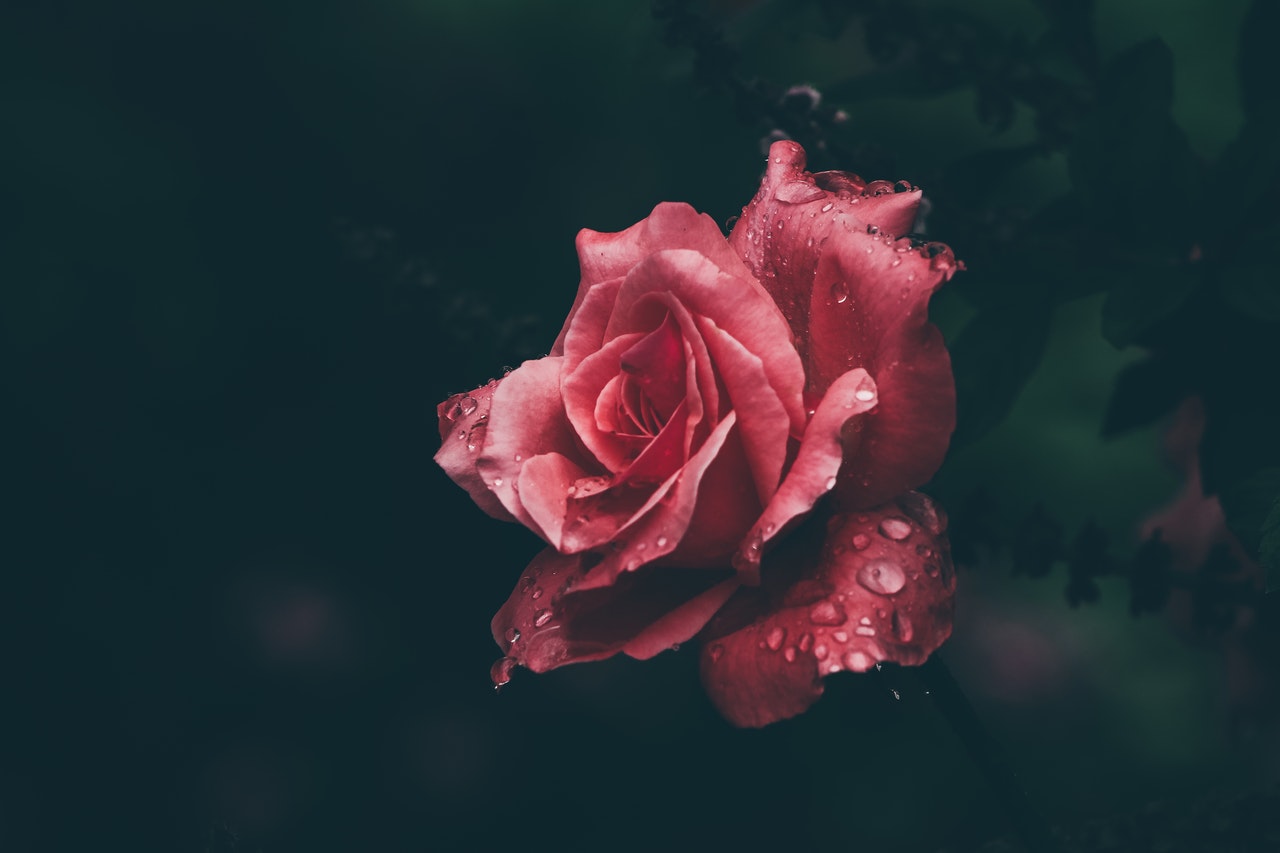Tell us what your group is all about.
For us art is not exclusive and basically has no boundaries. We like to know everyone everywhere. We started at Yodo River in Osaka and actually there’s a lot of homeless there. So we [got] to know them when we were starting to make art pieces.
What inspired you to use garbage to create your artworks?
We are not from any art school, and we don’t have any art education background. But we [loved] art, so we [studied] it [on] our own. We were in school back then, and we had no money, so we started to make artwork from garbage we found in the river.
What sort of message are you driving at with your works?
We think of it as collecting people’s memories. [Pieces of] garbage have nostalgic value, and they hold the memories of their previous owners or consumers. In a way, it’s a way to communicate with people because we get to collect their memories and get to know them. At the same time we are also helping the environment because we are making art from consumed material.
You travel a lot for your art. Tell us about that.
We travel a lot to make art, like Indonesia and other countries. We love the cultural exchange. They introduce us to their roots. Like when in Yogyakarta, the locals invited us for a wedding ceremony. The locals were very kind. They [taught] us how to cook local food and even [cooked] dinner for us. It [was] a very heartwarming experience.
What do you think makes the Japanese art scene so unique?
Japan has a very strong roots in the tradition and craftsmanship. Japan is also very modern and well developed. Somehow the Japanese art scene married [these] two aspects really well and that’s what makes it unique.
See the work of Yodogawa Technique and four other contemporary Japanese artists in Sweet Paradox, on display through Aug 11 at Mizuma Gallery, #01-34, 22 Lock Road, Gillman Barracks, 6570-2505. www.mizuma.sg.





